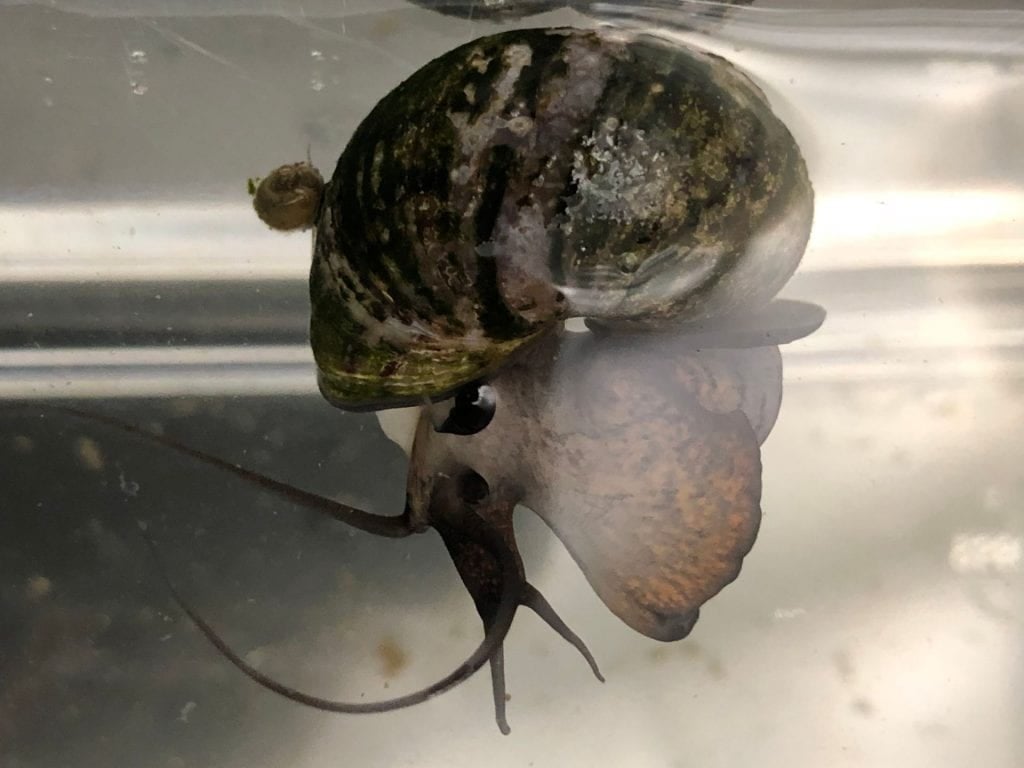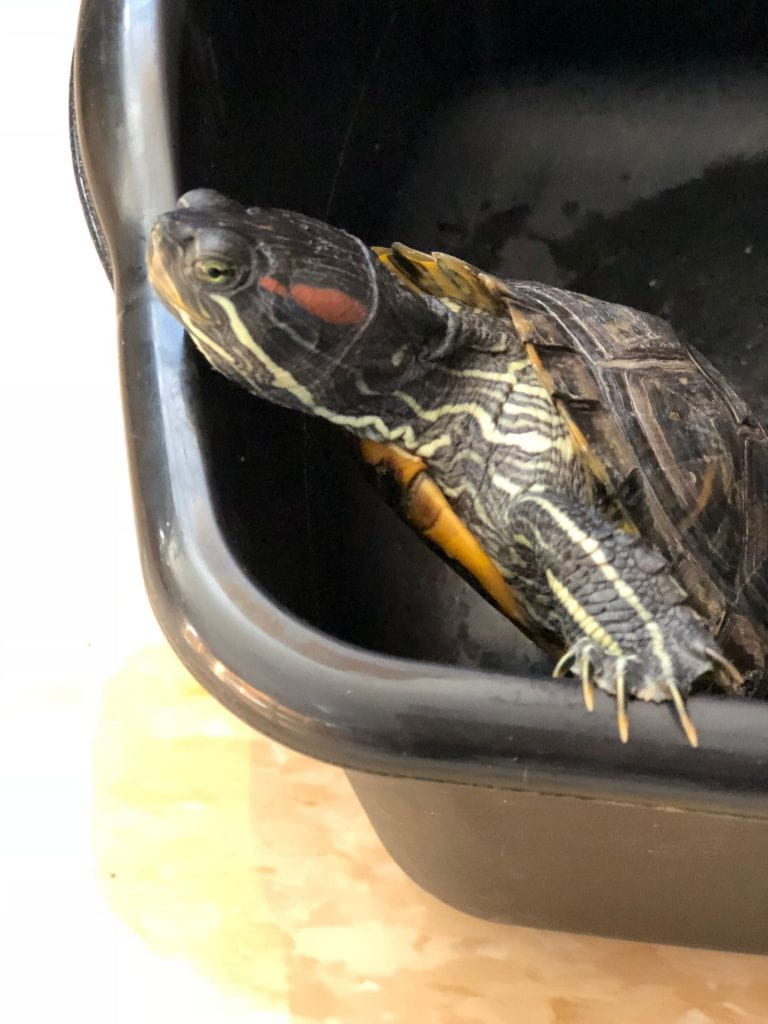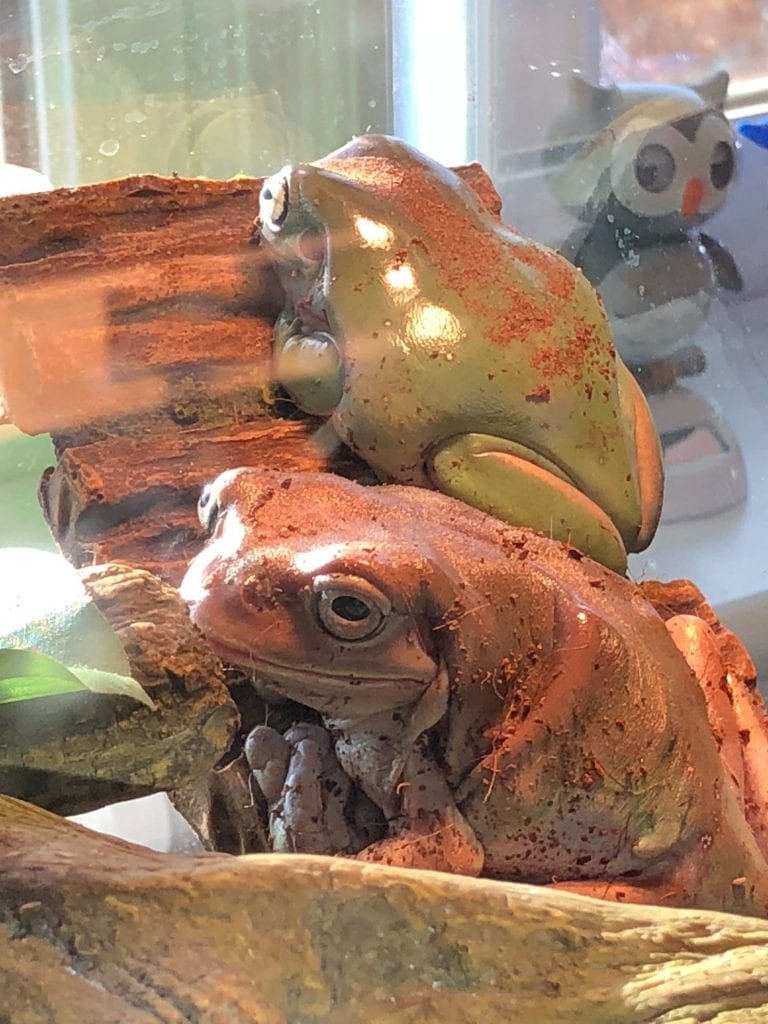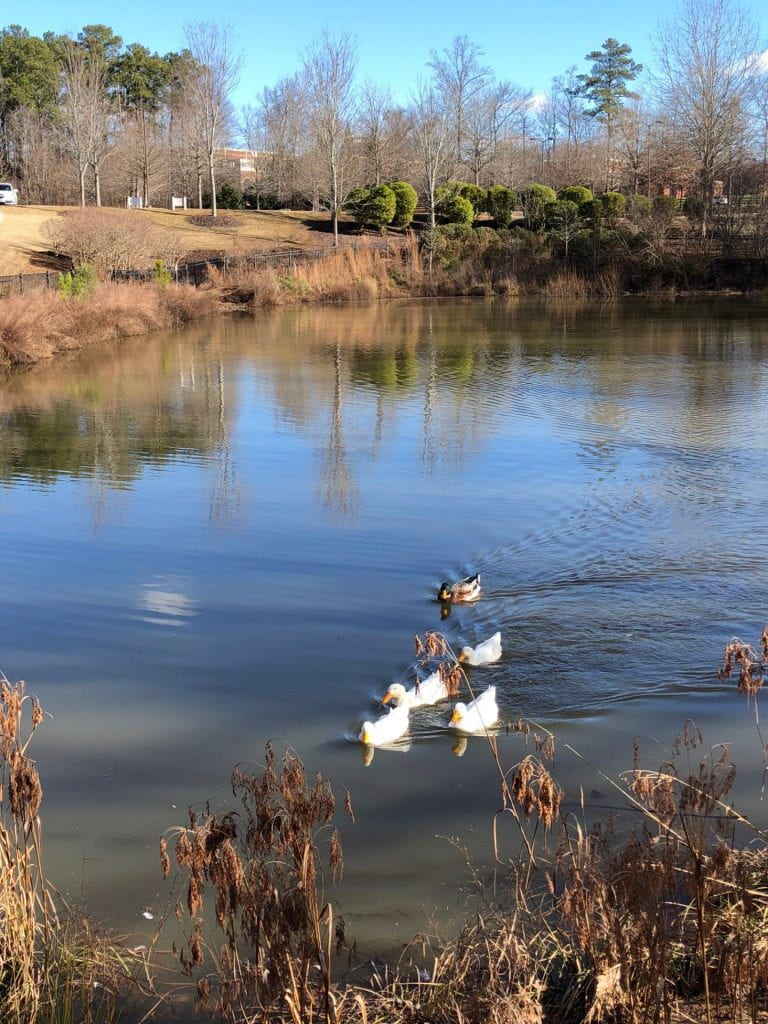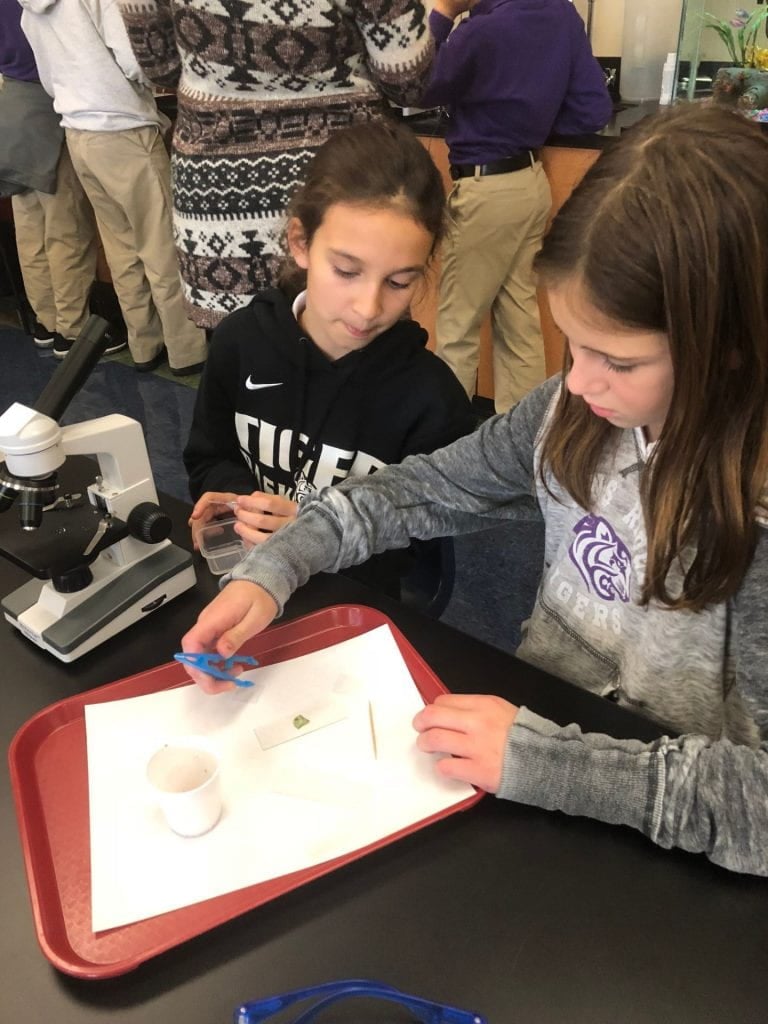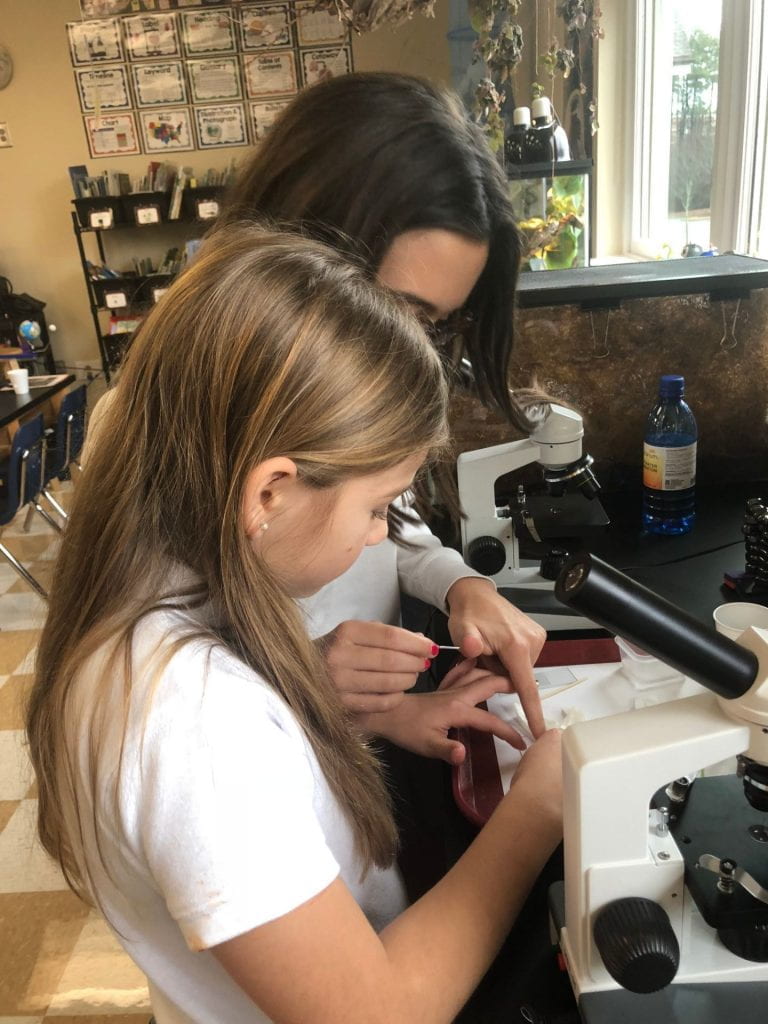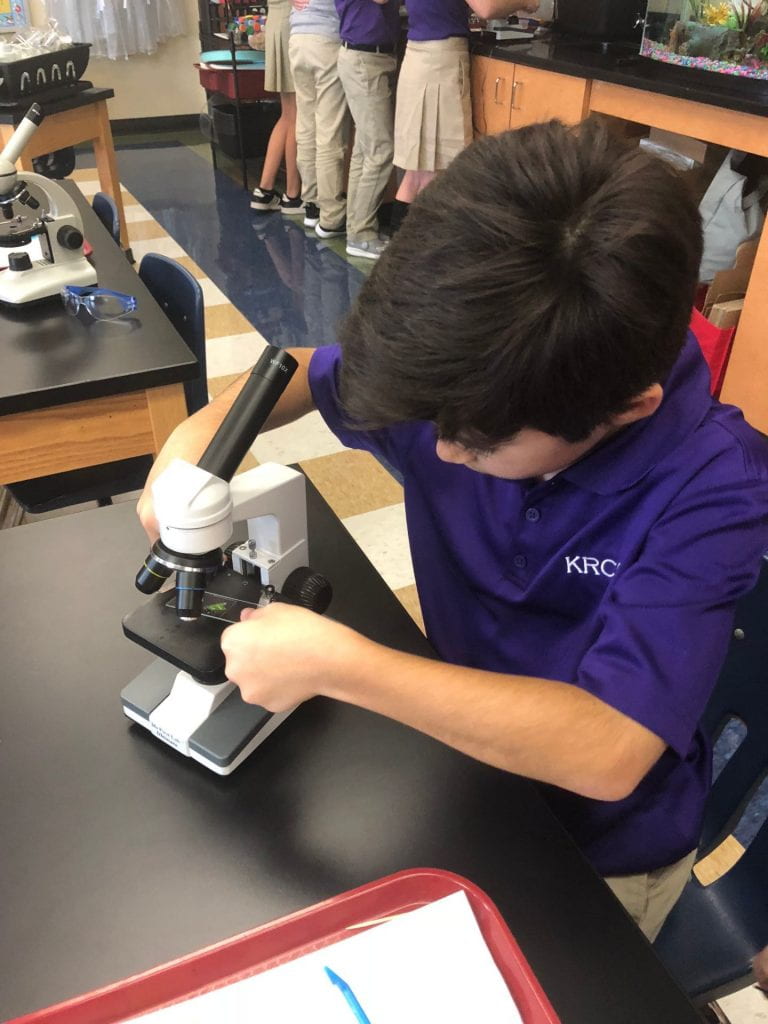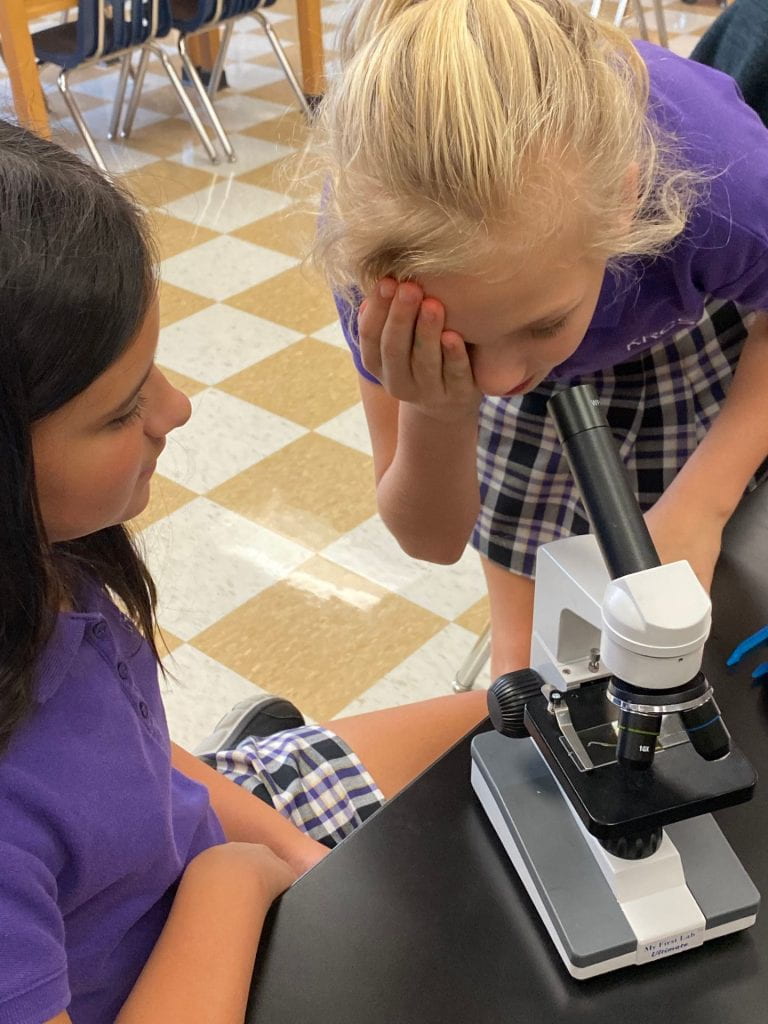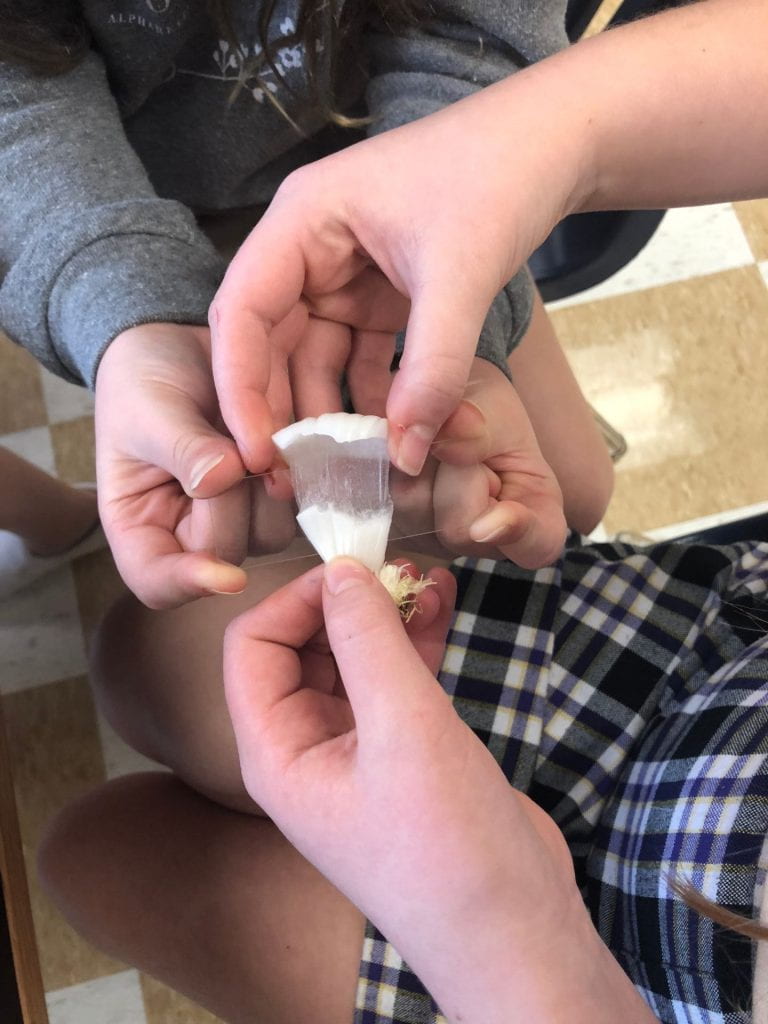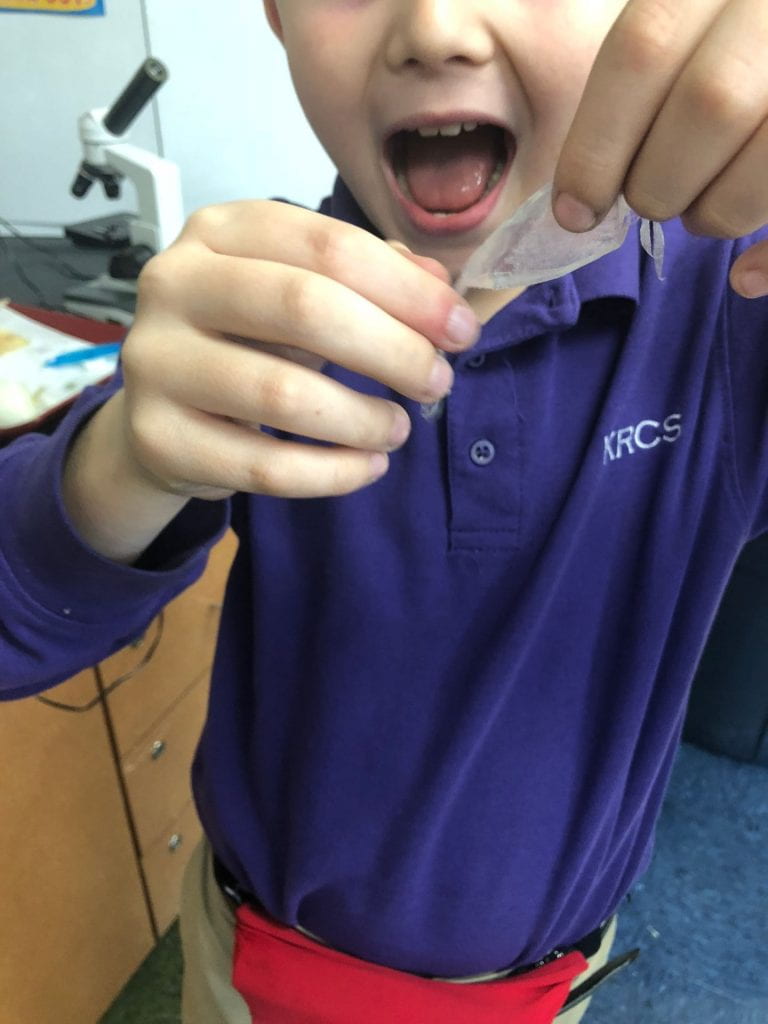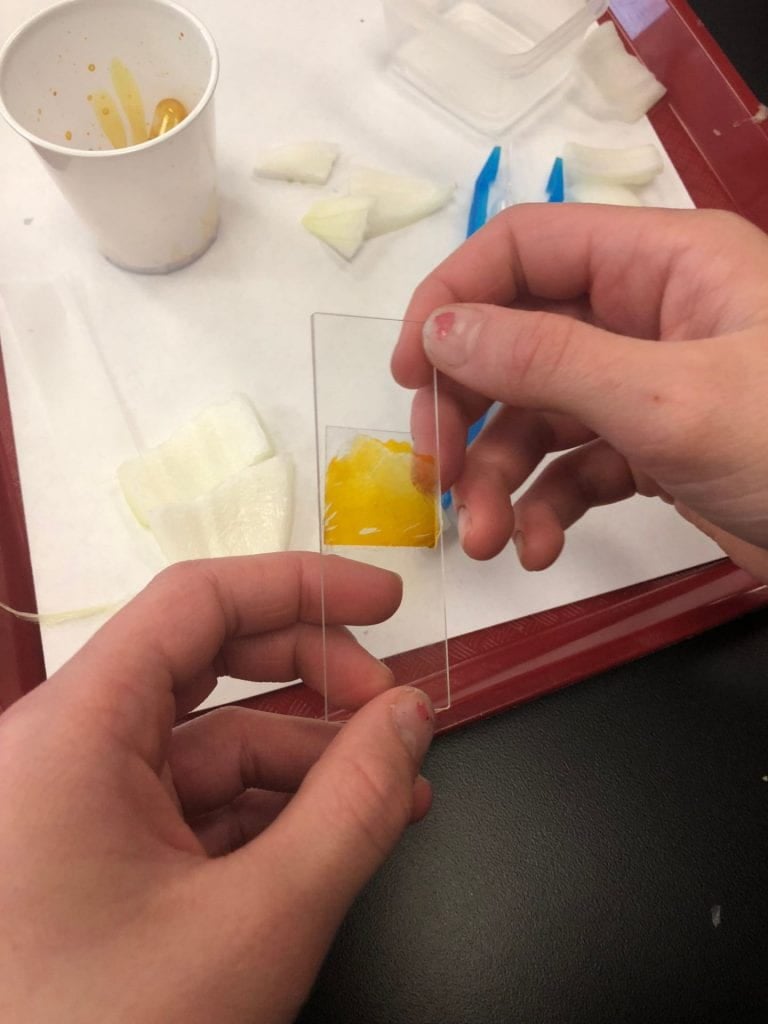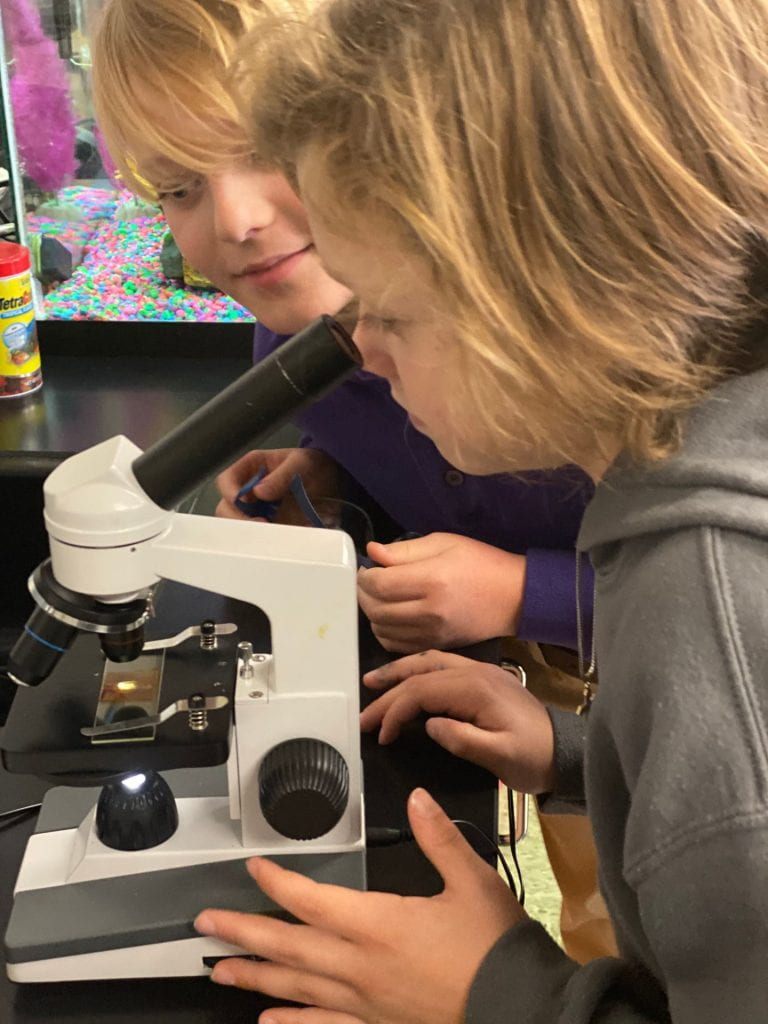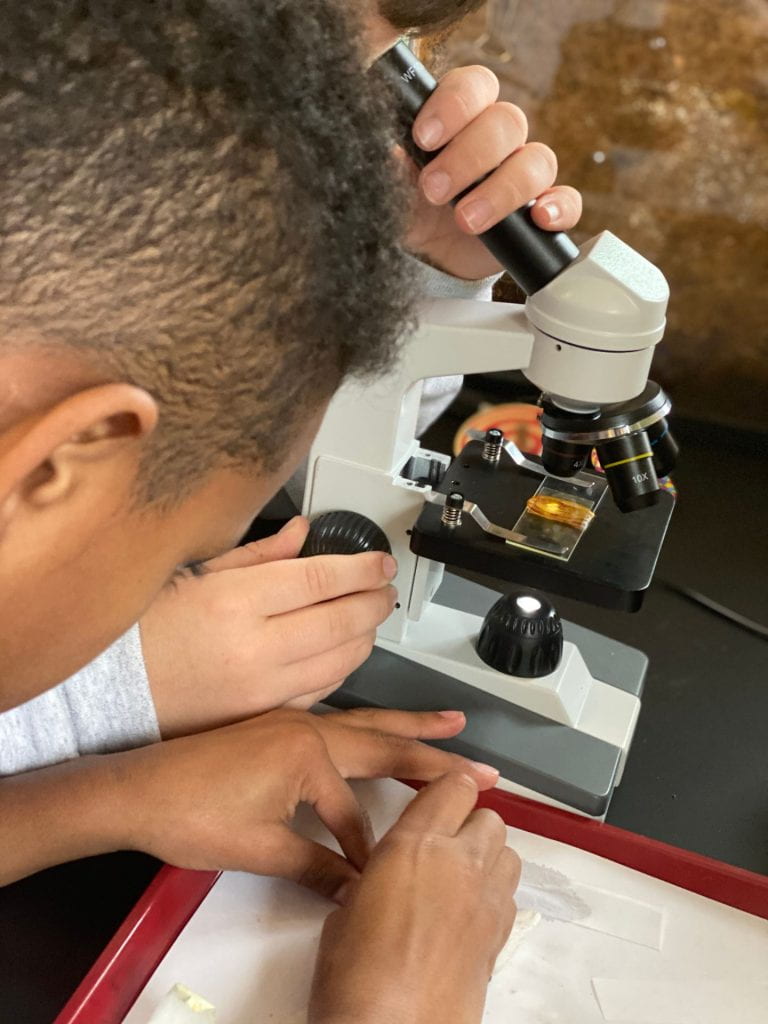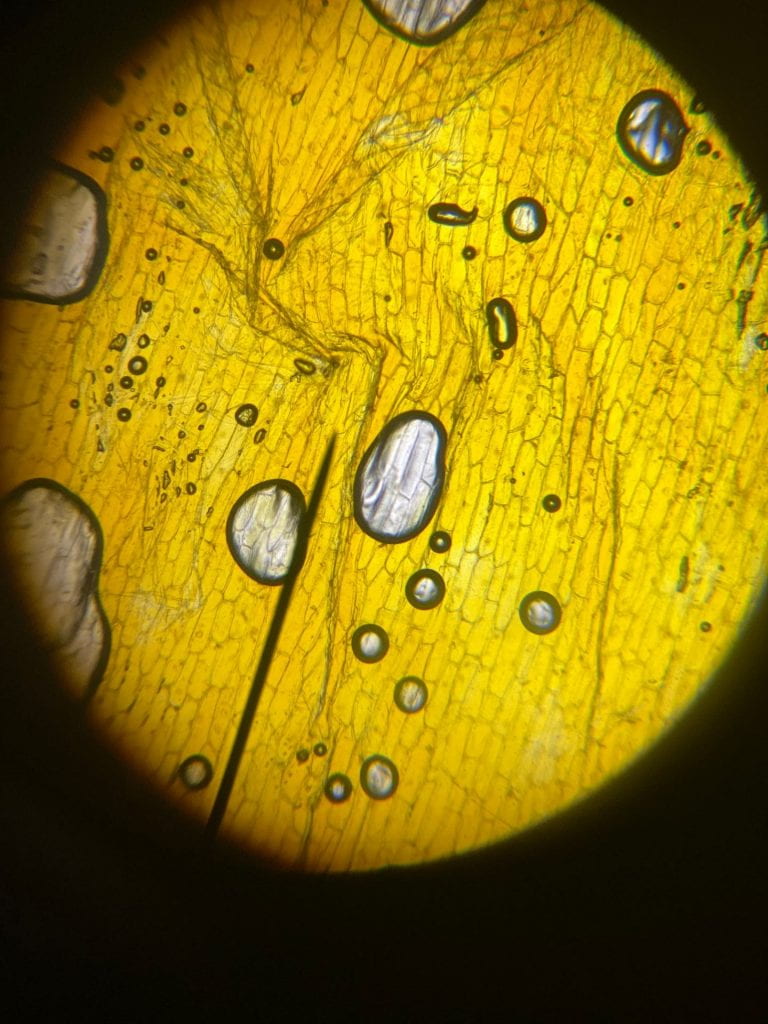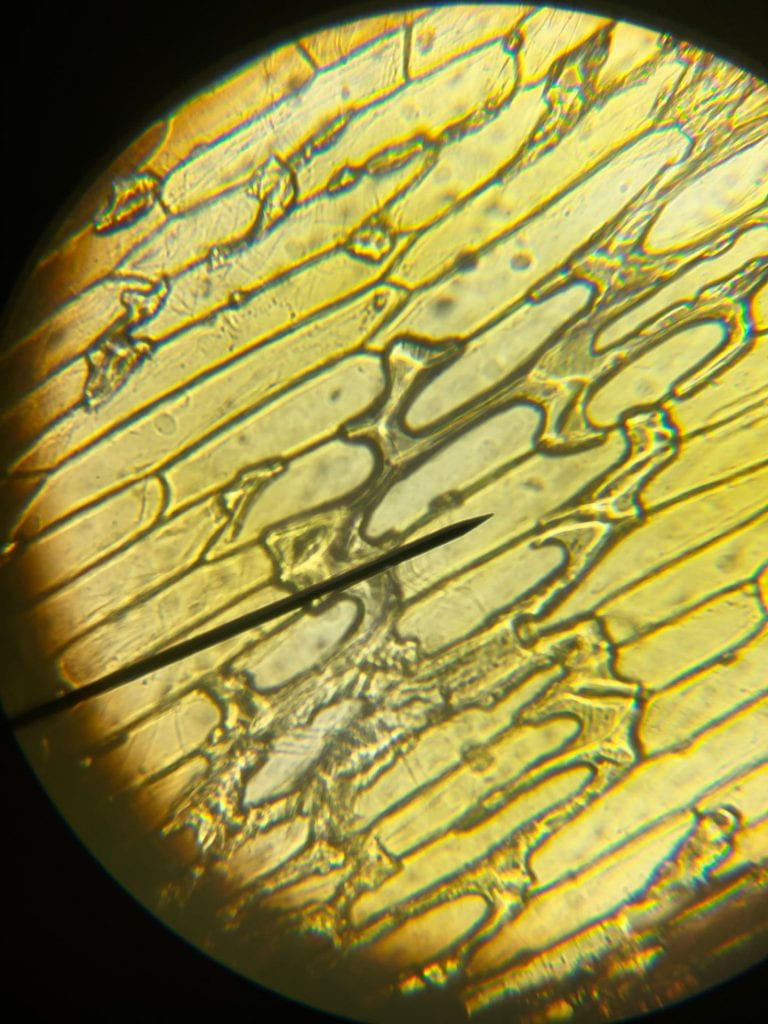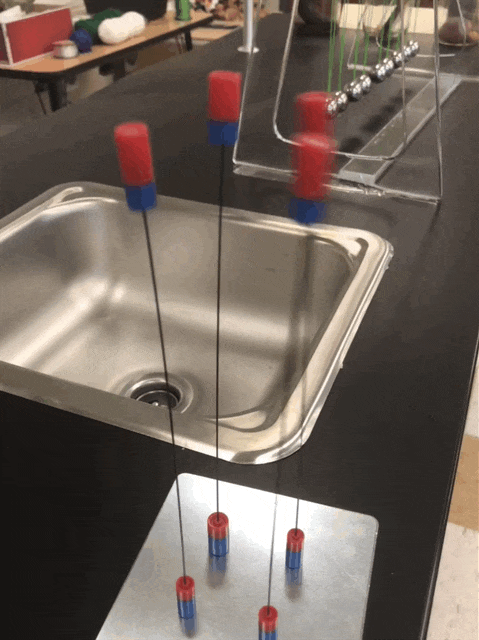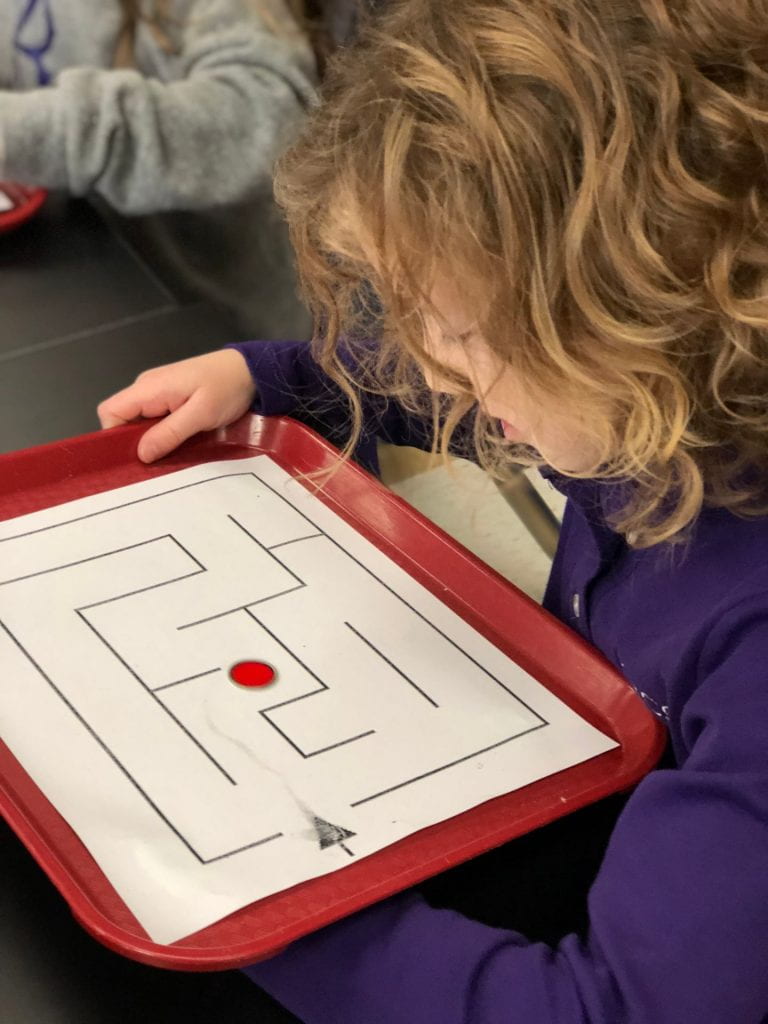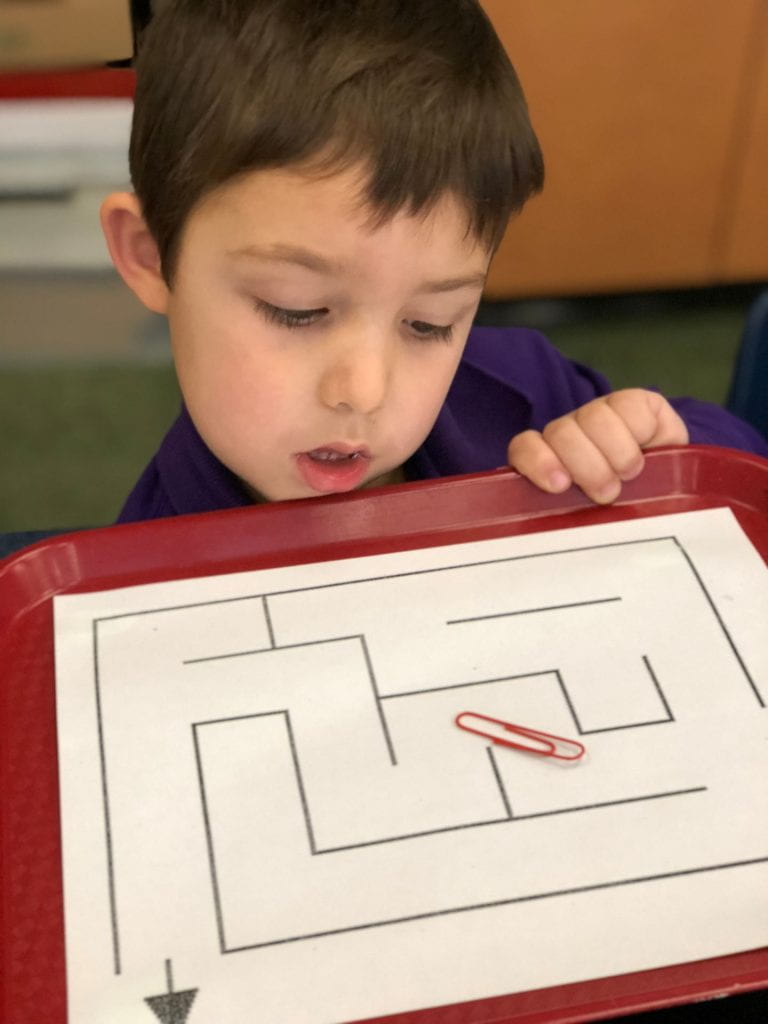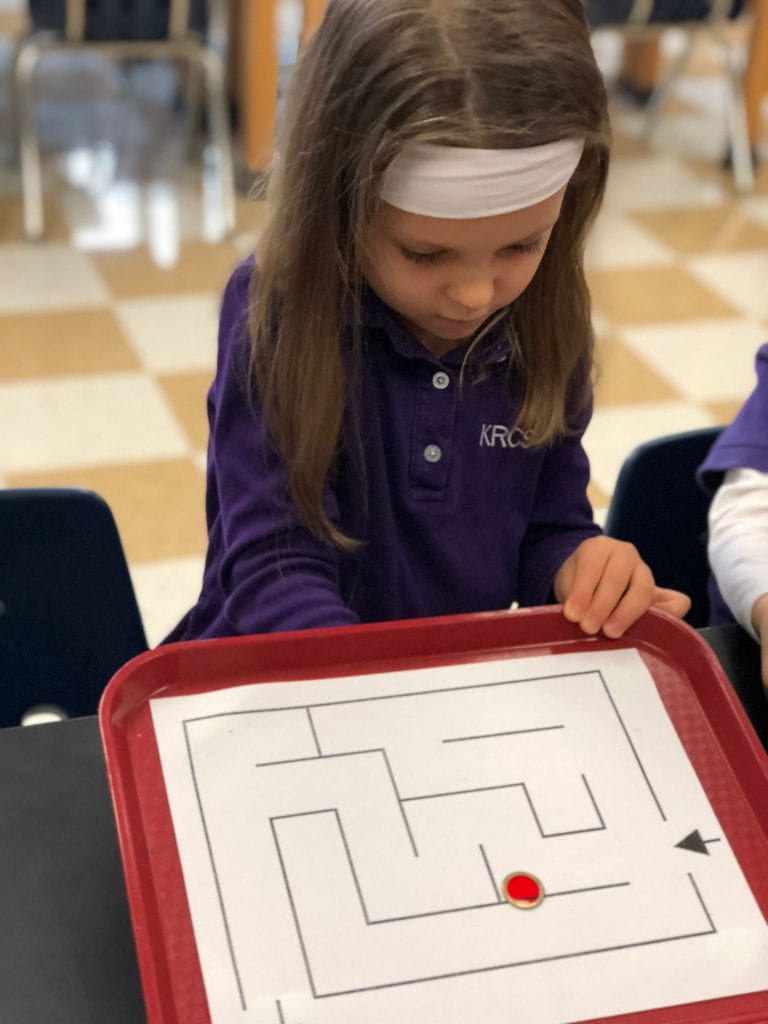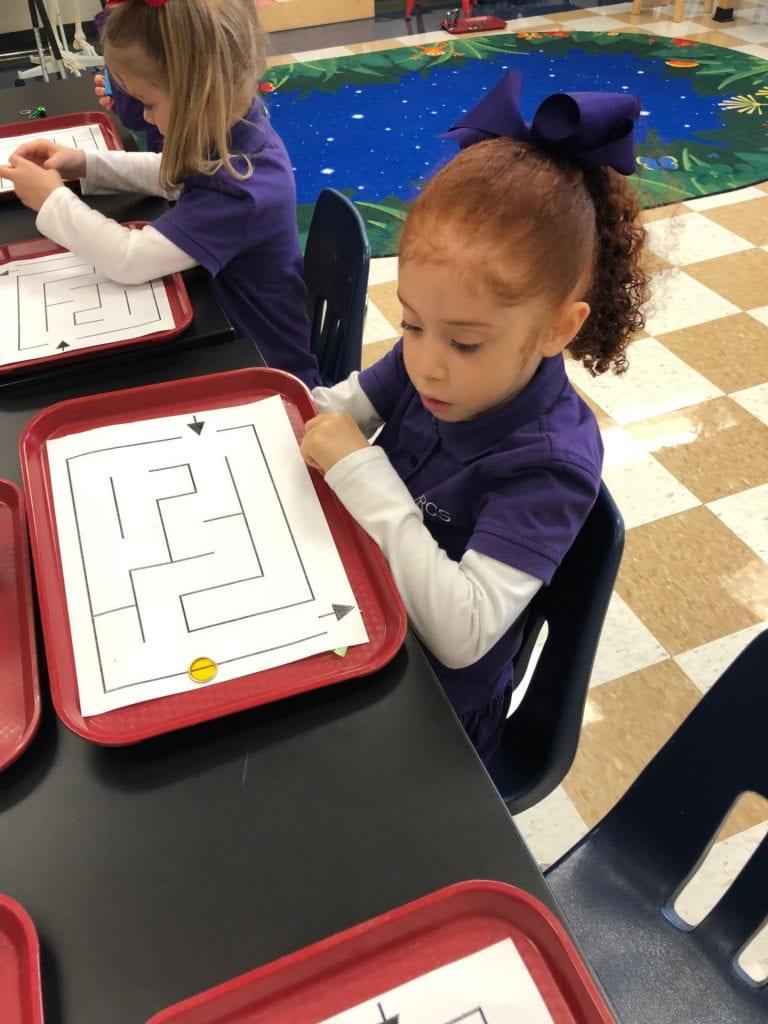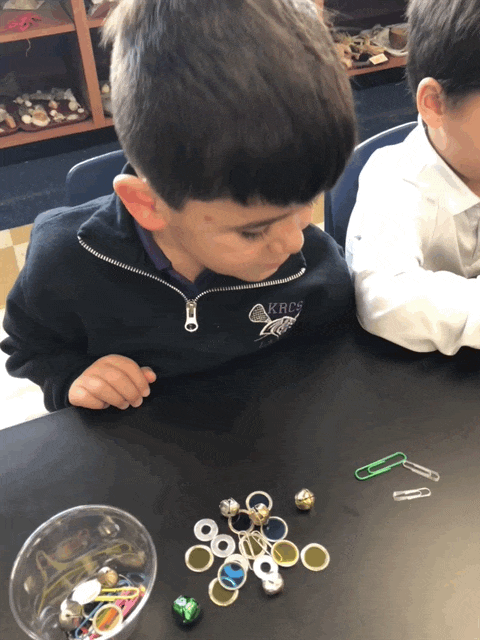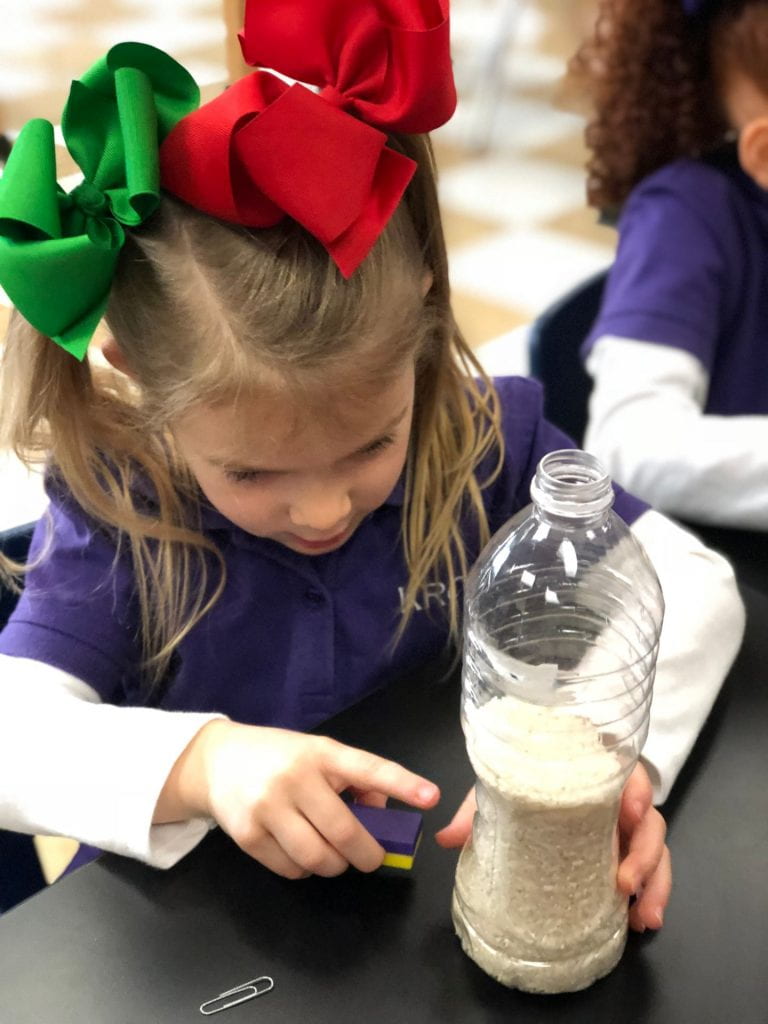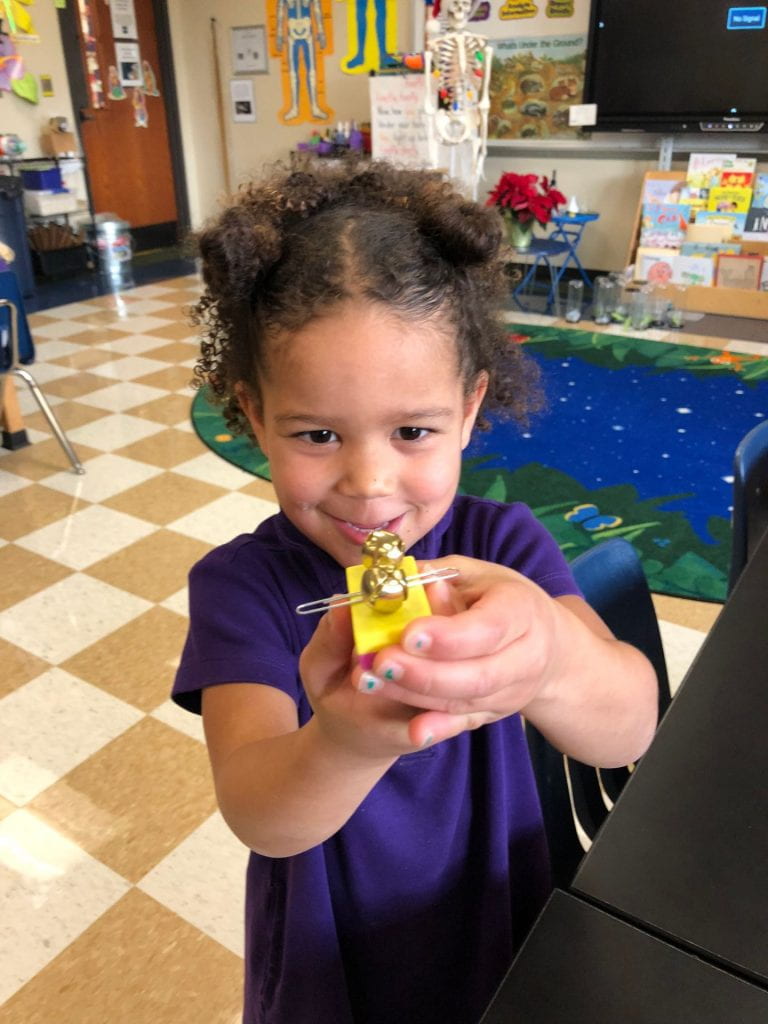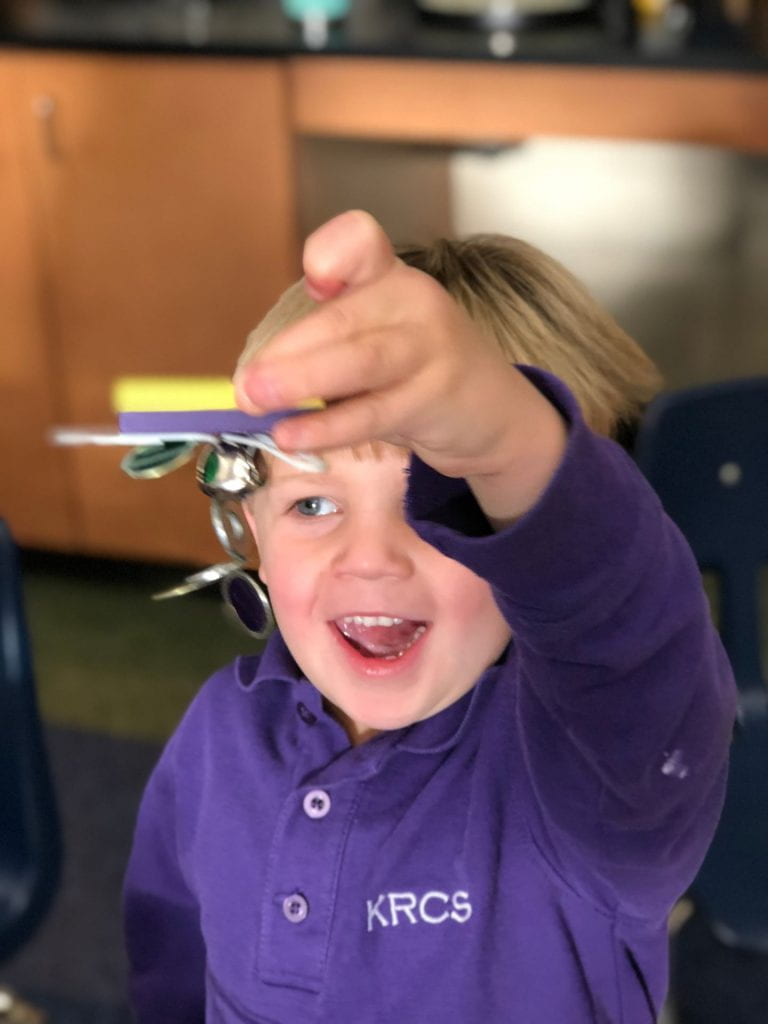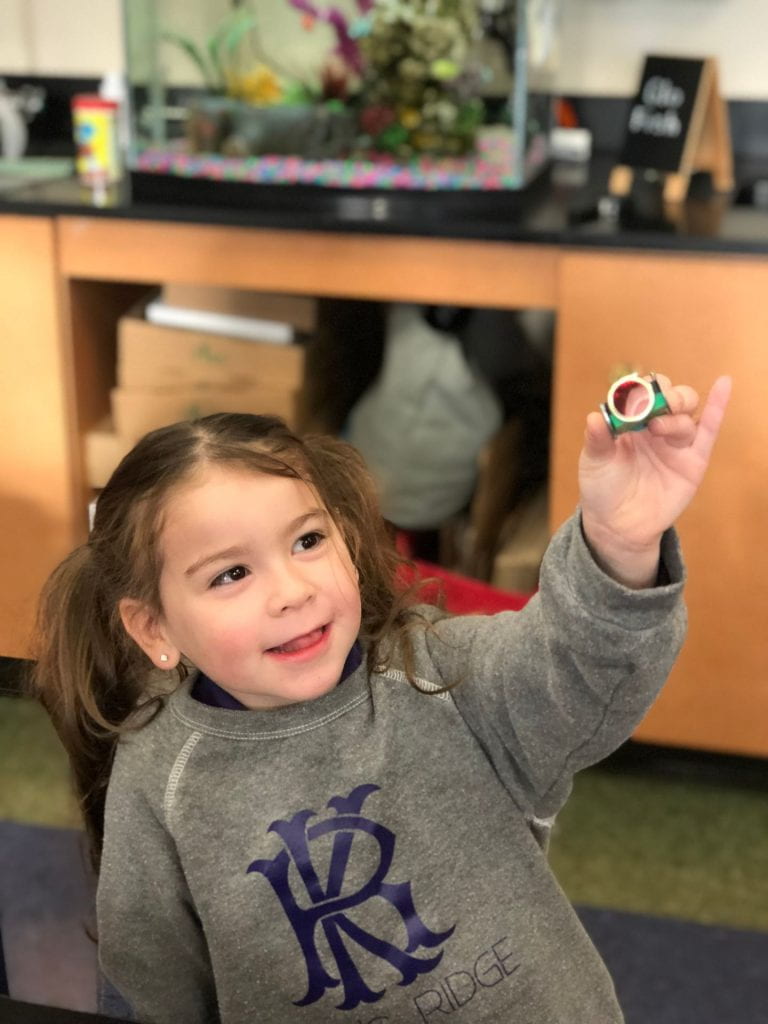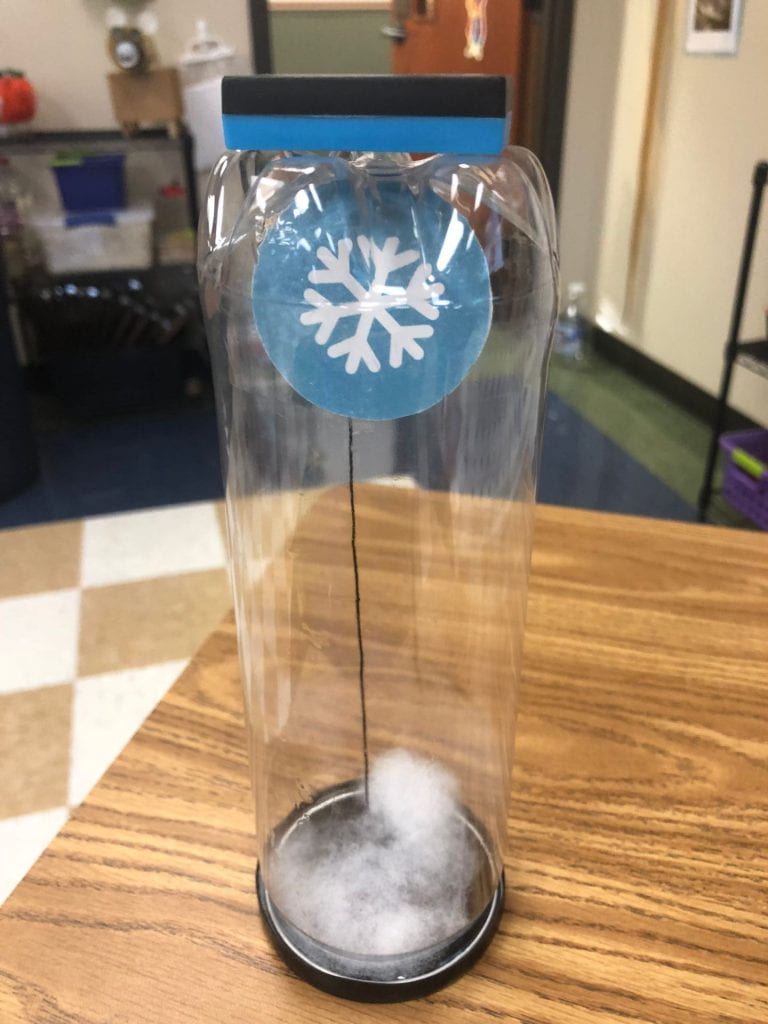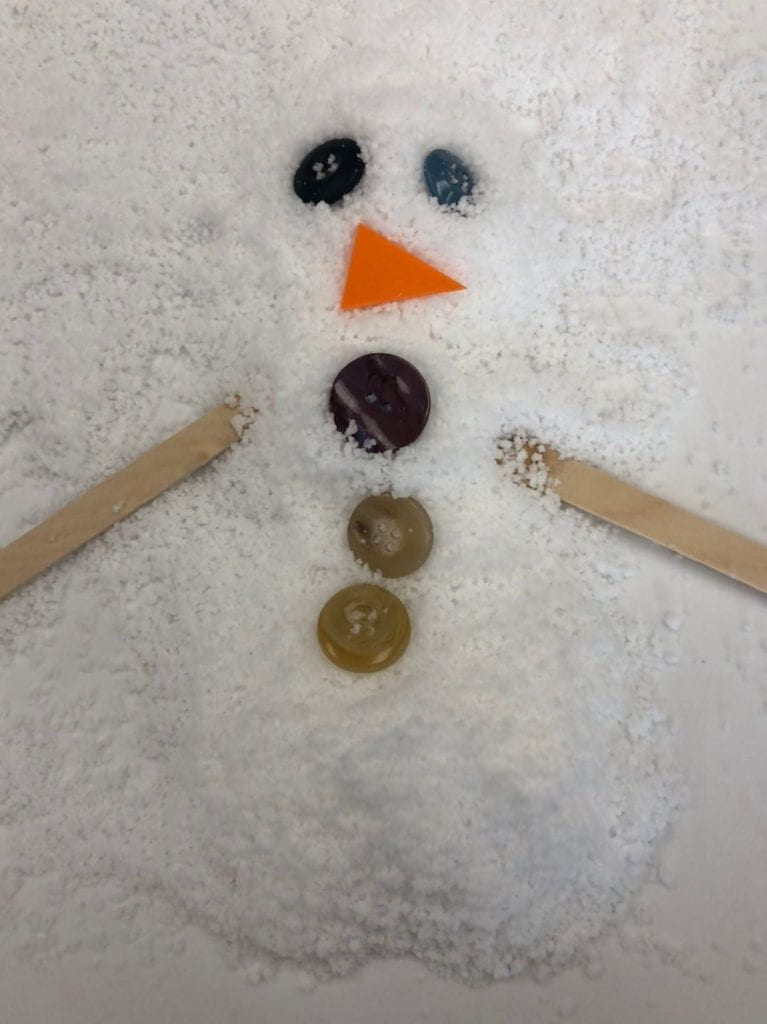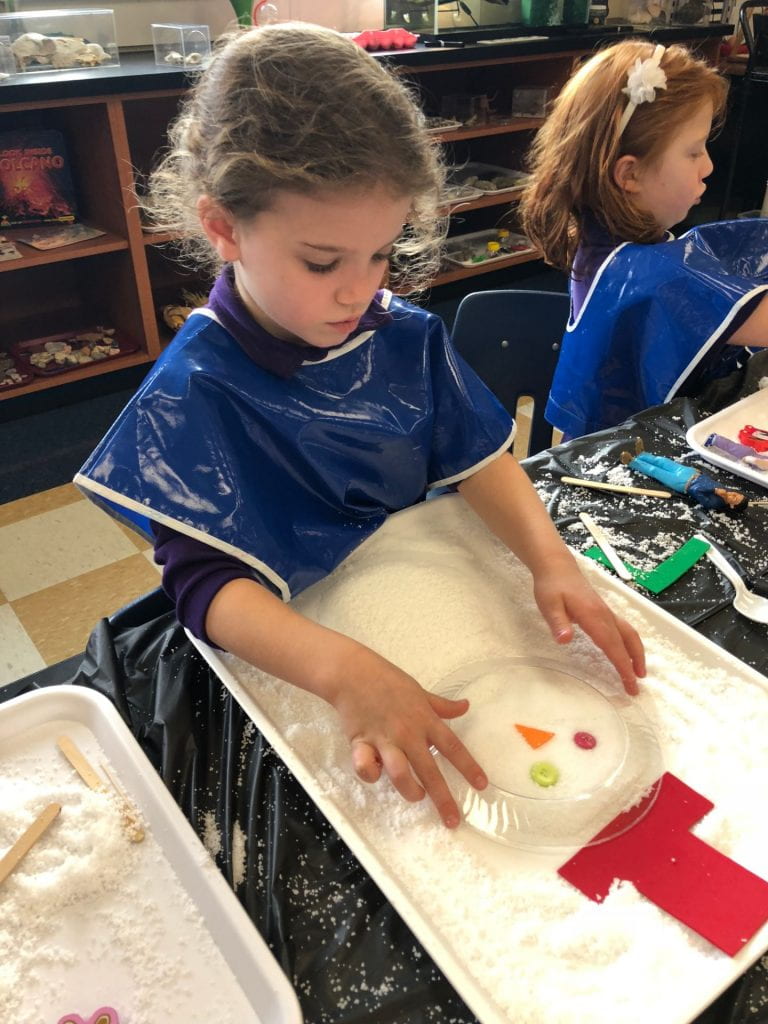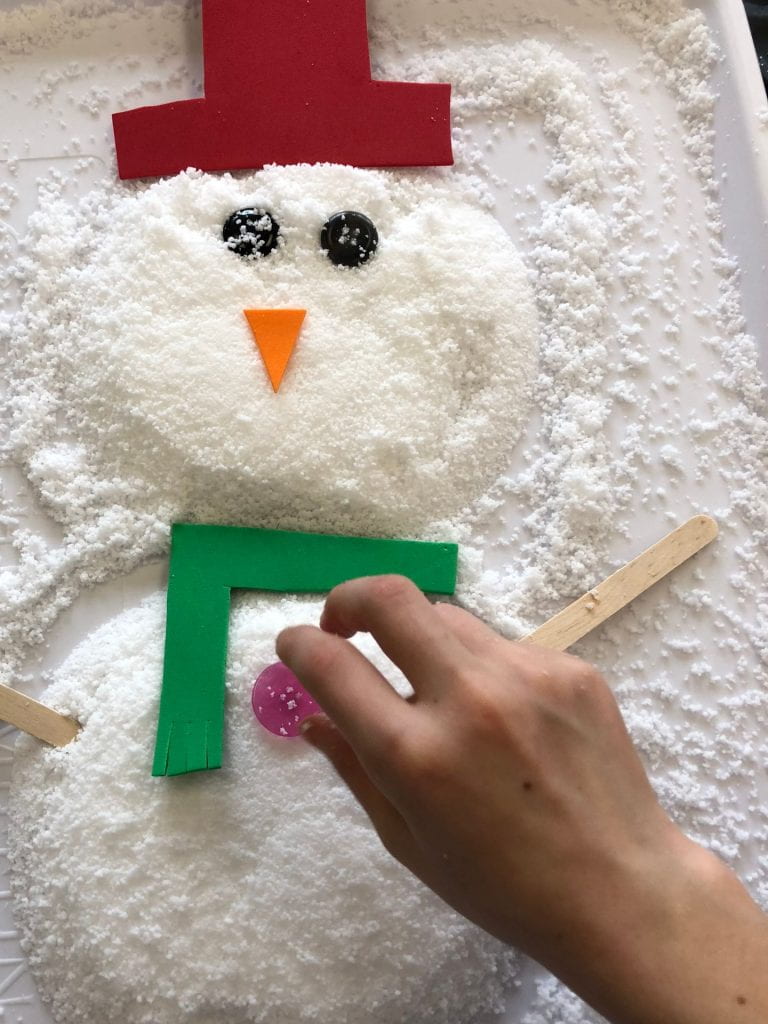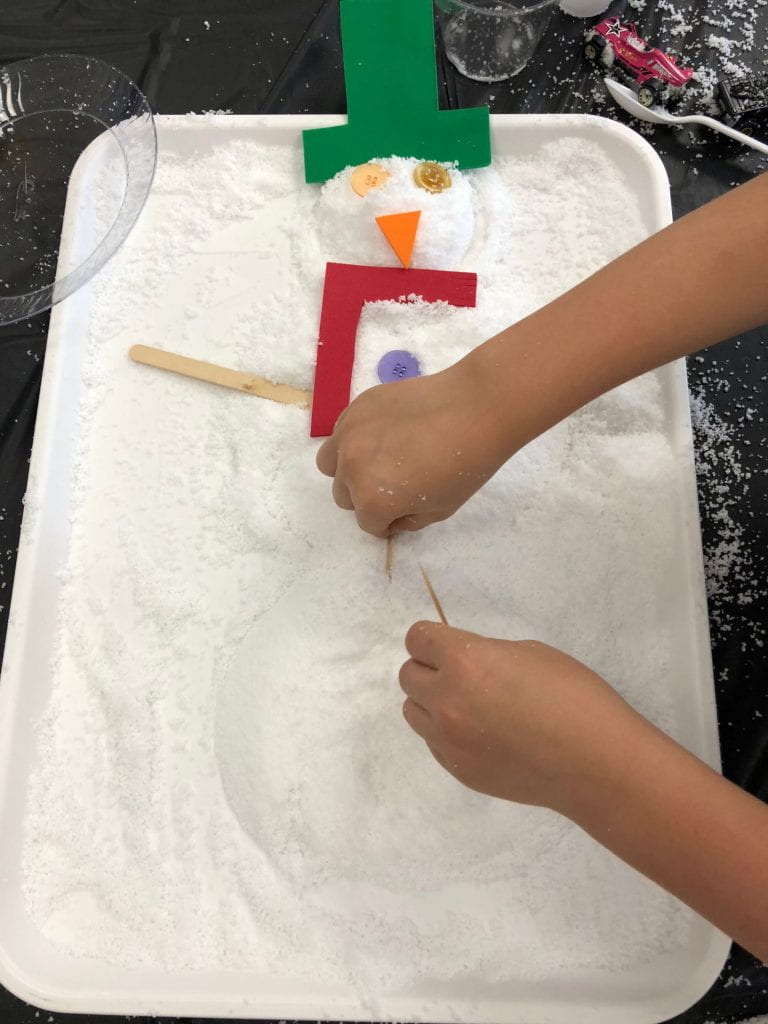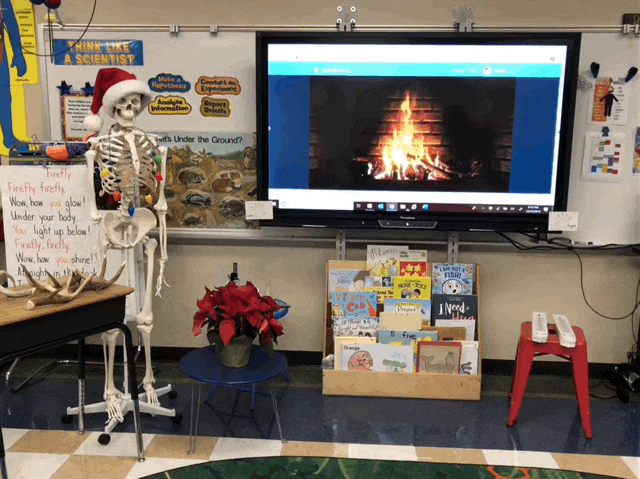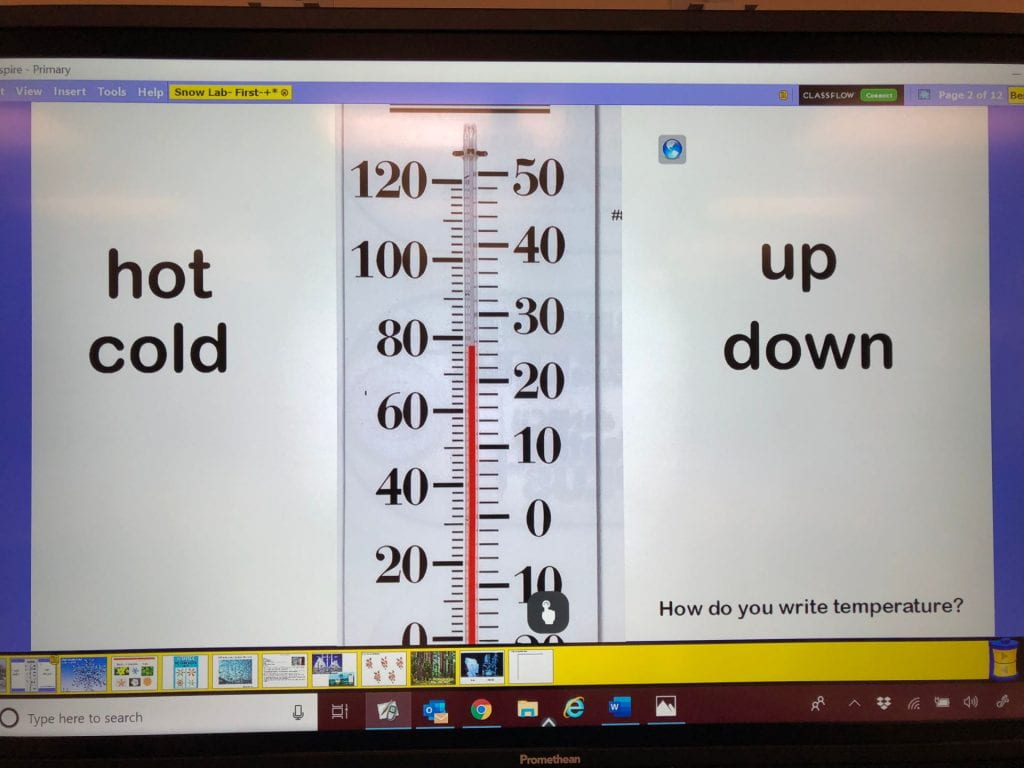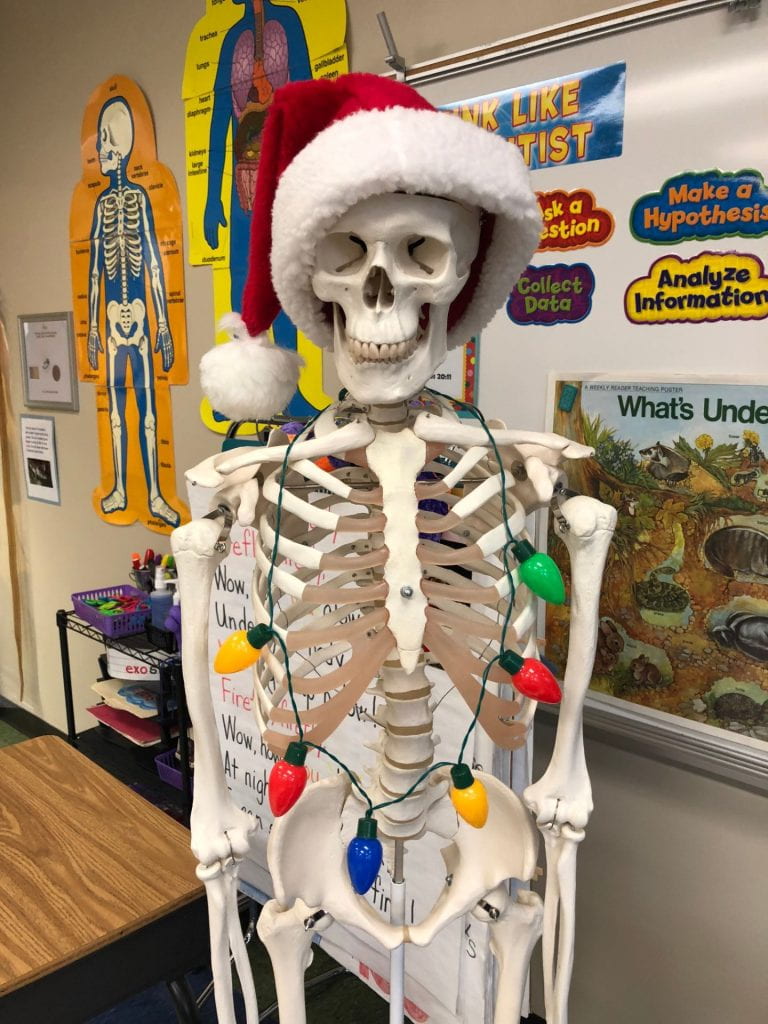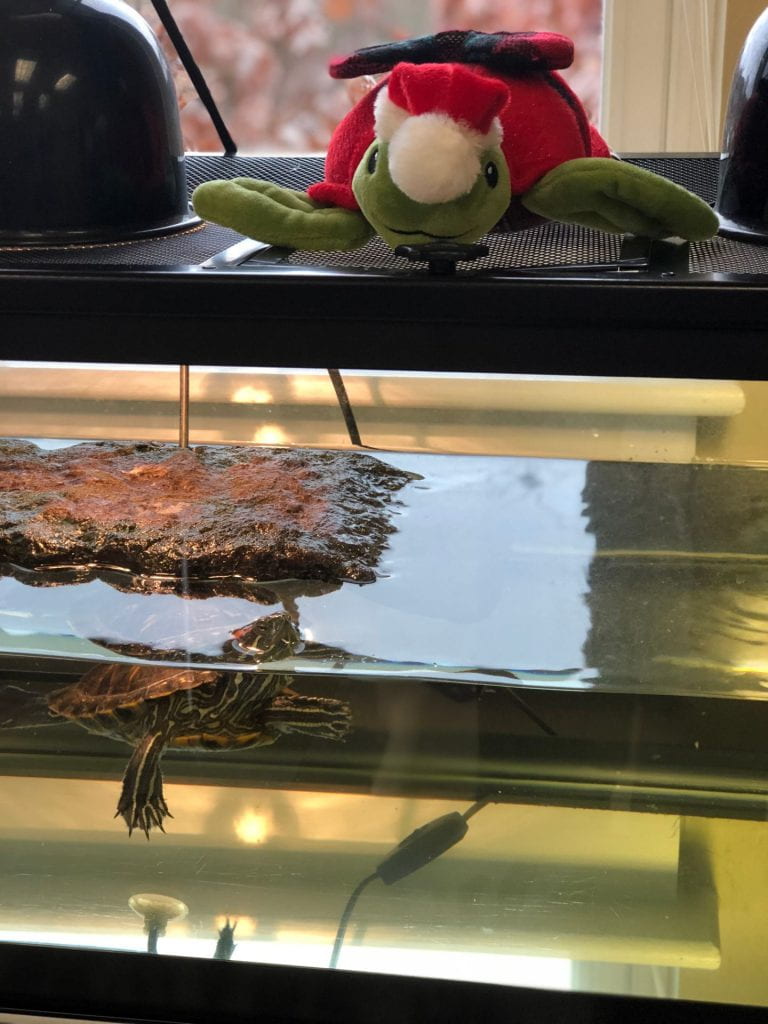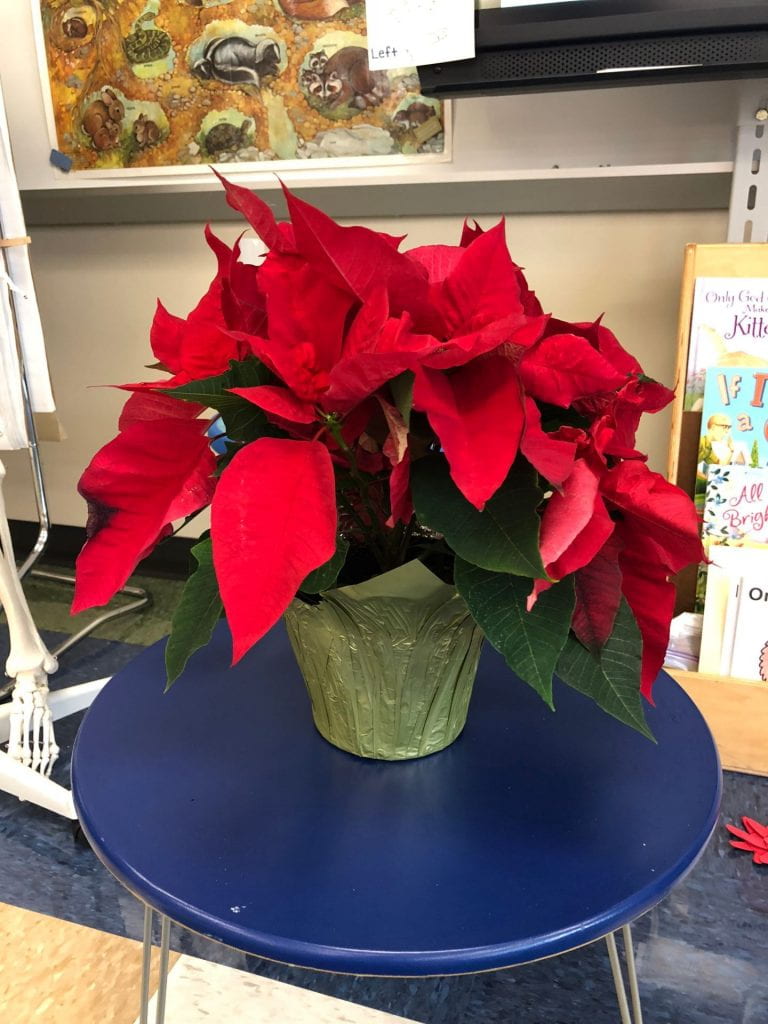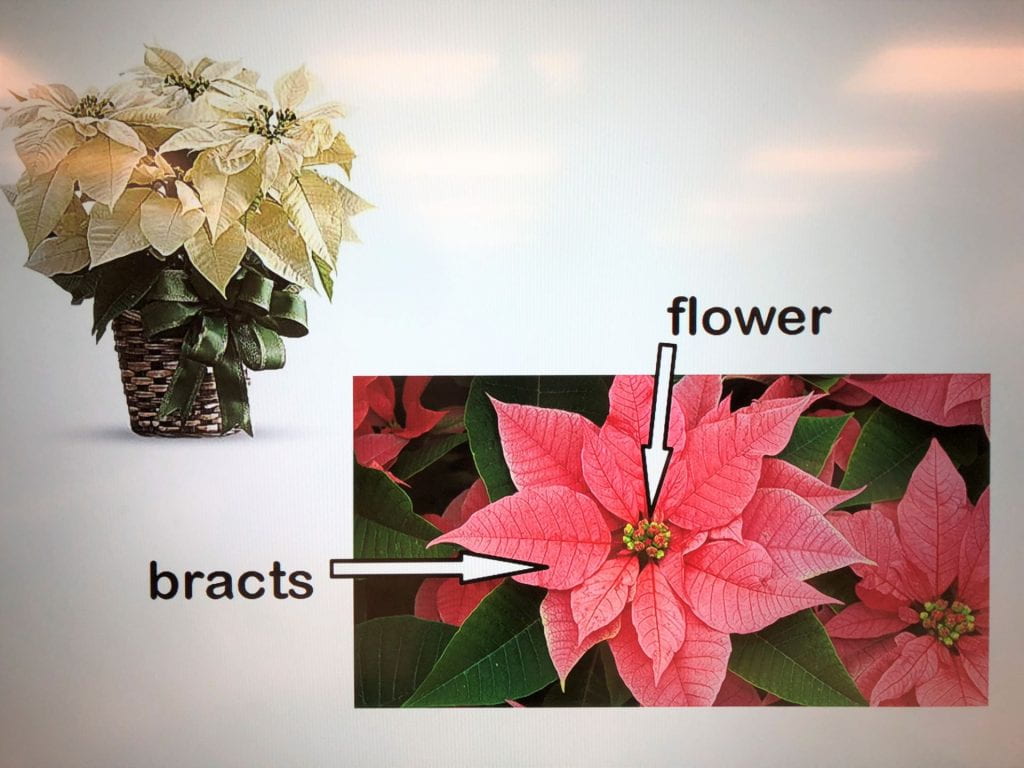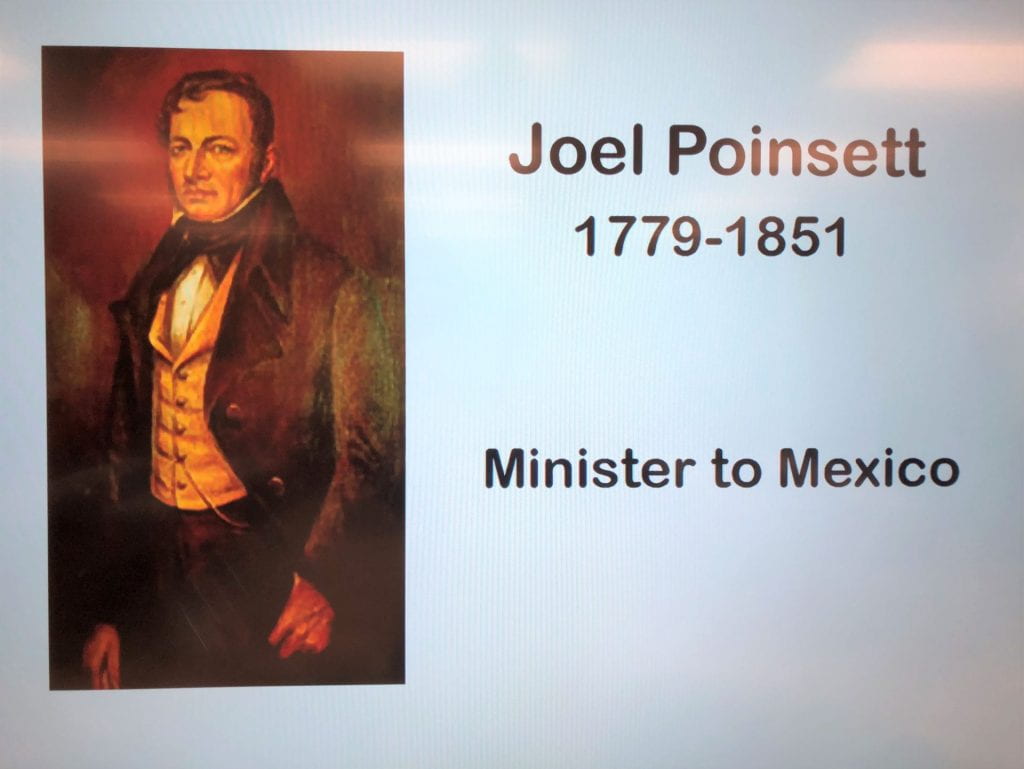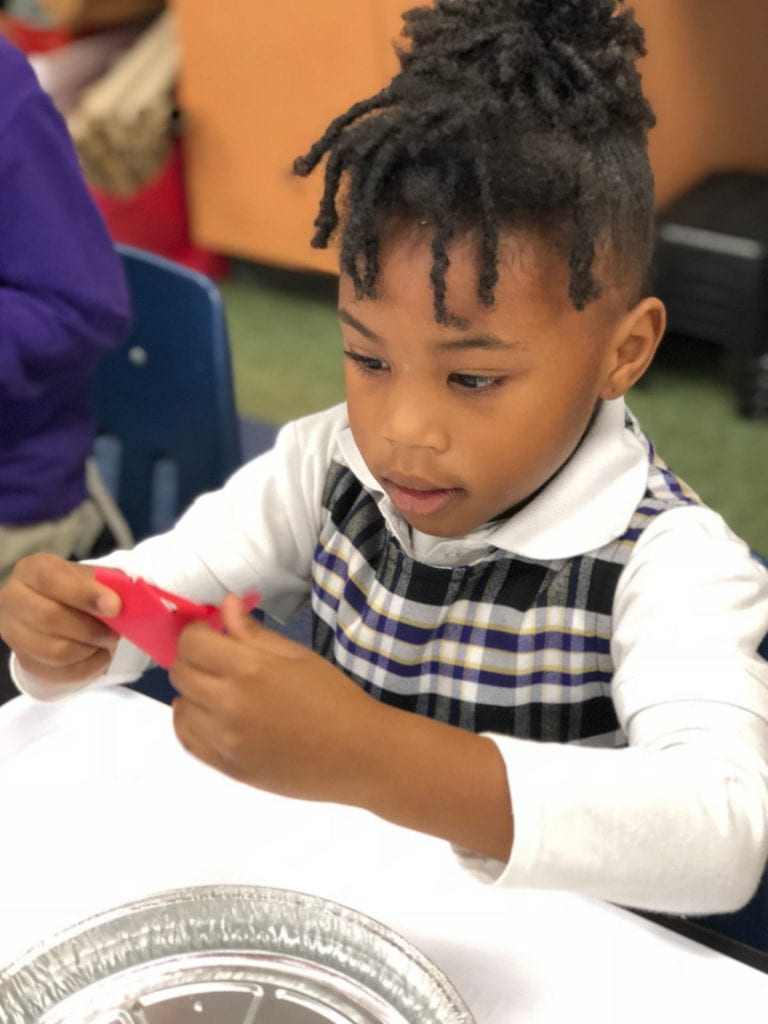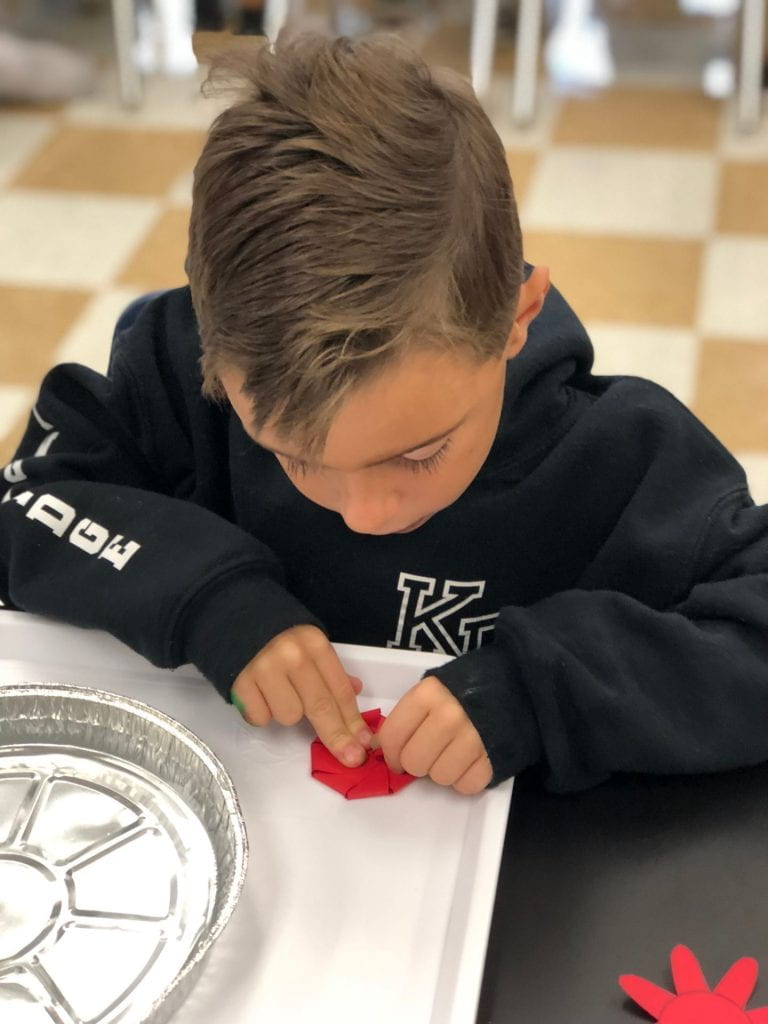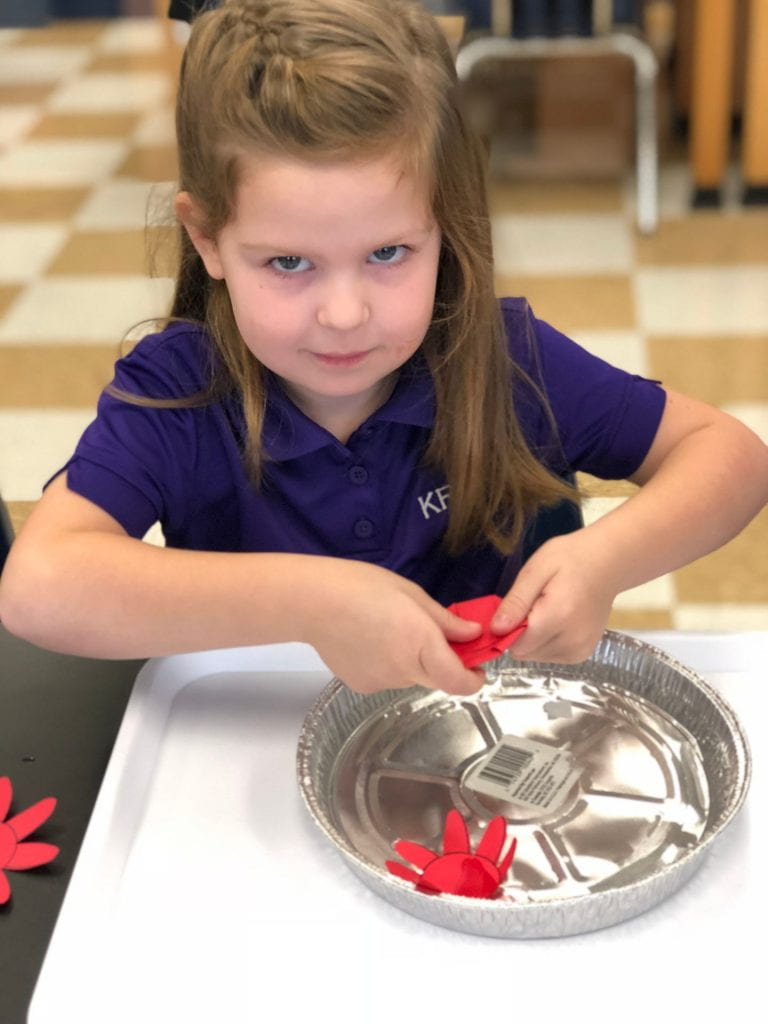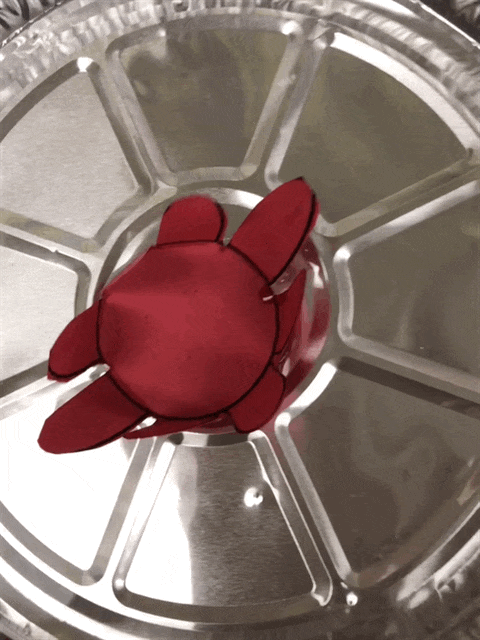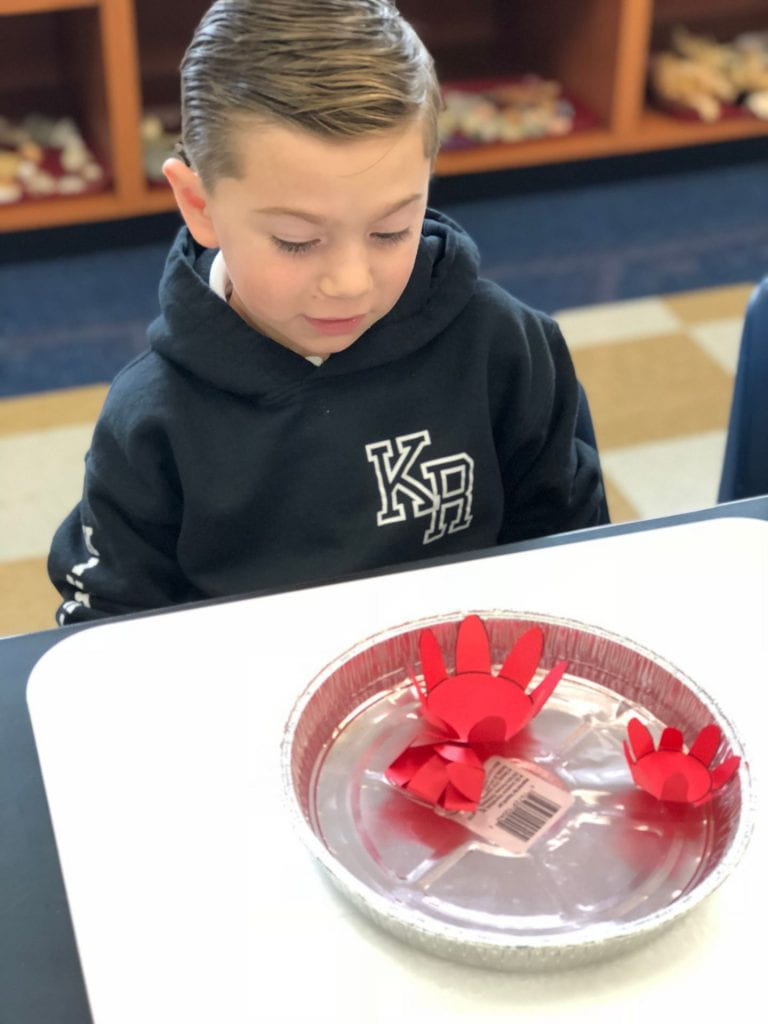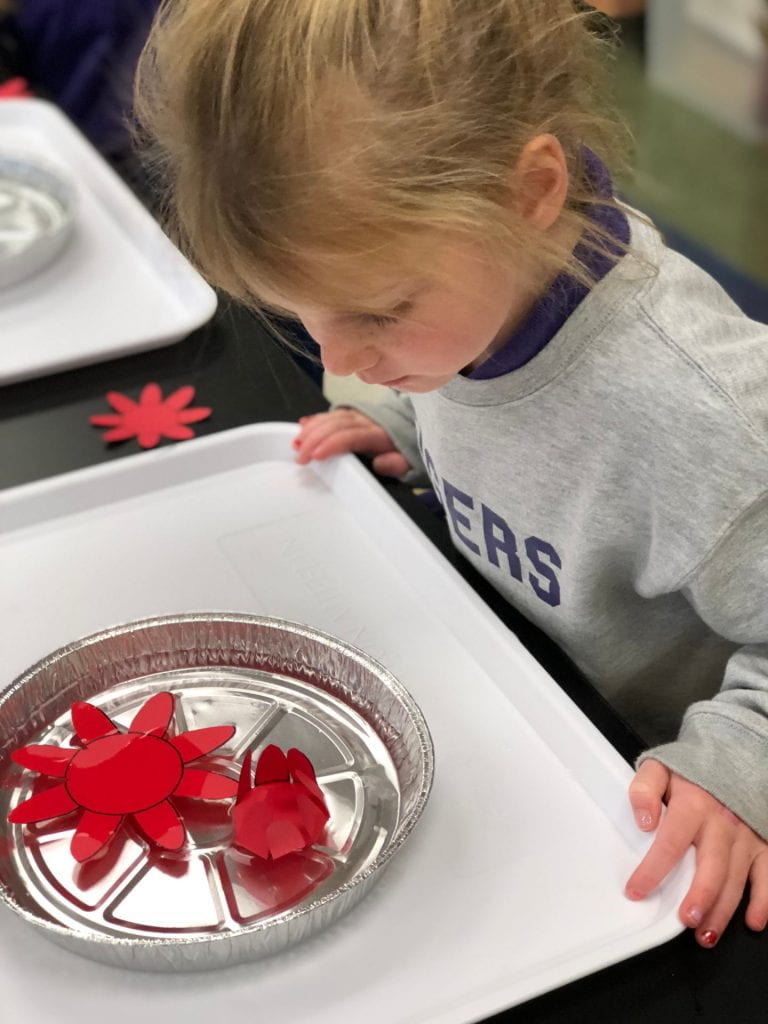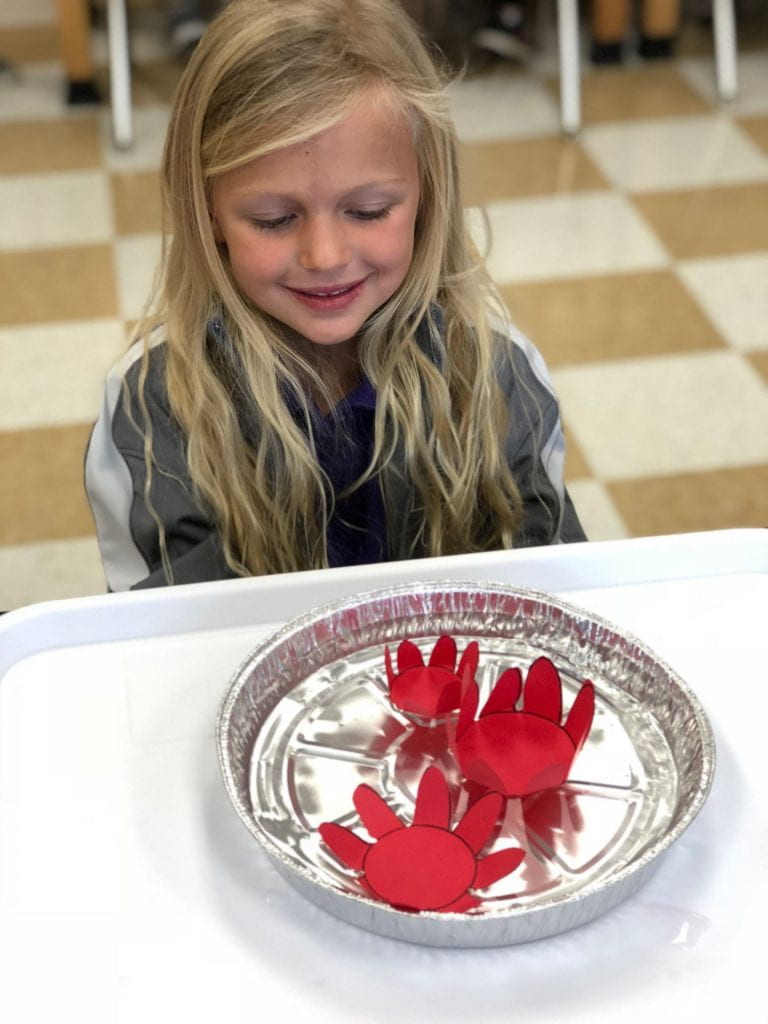Ziplines- Engineers at Work
Second grade scientists study force and motion throughout the year. In this lab, the engineers used the Engineer Design Process (Ask, Imagine, Plan, Create, Test, and Improve) to construct ziplines with a holiday twist. They were challenged to create a zipline to help Santa or one of his elves move safely and quickly from the rotunda down to the first floor. Three tables were filled with available supplies. The ziplines moved on fishing line. Every Santa arrived safely (although some upside down)! Oh what fun! We ran out of time to retest our ziplines on a piece of yarn which would have produced greater friction.
Make a zipline over the holiday break! What could you deliver?
Microscopy – 4th Grade
Fourth grad classes began lab by reviewing the parts and the care of microscopes. To quiz yourself on the parts click here.
This is the third year my fourth grade biologists have used microscopes in lab. In second grade, they observed plant parts and invertebrate body parts and they looked at vertebrate body parts in third grade. So, they had the necessary background knowledge to make their own slides and stain them to improve contrast.
First, we made a wet mount slide with a leaf specimen. Click here for more information. Then we peeled off the thin layer of onion skin, prepared our slide, and observed the cells under the three objective lenses. Click here for a video explaining the process. Vocabulary included forceps and pipette.
Wet Mount of Leaf Specimen:
Peeling off the thin epidermal layer of onion skin:
Staining the specimen:
Observing the cells:
Jabba
More PreK Magnets
My youngest scientists continued to investigate properties of magnets. Why are the magnets “dancing”? Hint: The same poles are near each other.
We tried to maneuver items through a maze with a magnet placed under the tray. A fun eye-hand coordination activity!
Wow, paper clips can be moved with magnets placed under the lab tables. The magnetic force can move through solids.
Can you remove the paper clips from the bottle of rice without spilling any of the rice?
What can you make with a variety of magnetic objects?
How can you make the snowflake fly without touching it?
More Snow
First grade scientists investigated snow that we made with a super absorbent polymer. They described it as wet, fluffy, cold, and squishy. Cars, cups, spoons, figurines, animals, and cookie cutters were available for them to play with in the snow. Below are some of their Georgia snow people. Click here to find out more about instasnow.
Fireplace in the Science Lab
It’s Snowing!
Why did it rain, but not snow? Kindergarten scientists looked at thermometers, and learned how to find the temperature as they skip counted by tens and twos. Then, we wrote the temperature with the degree symbol. When will we have rain and temperatures 32 degrees or below? To reinforce our lab at home, show your child the temperature on your weather app. Notice the degree symbol.
There’s no snow in our forecast, so kindergarten scientists made snow in the science lab with Steve Spangler’s Instasnow. It is a superabsorbent polymer, similar to the powder found in disposable diapers.
It’s Beginning to Look A Lot Like Christmas!
Poinsettia
We began lab by learning about poinsettias. This plant is indigenous to Mexico where they grow as shrubs and trees. They were brought to America by Joel Poinsett. The colored leaves (bracts) are not part of the flower, but they surround the flower.
Then, kindergarten scientists used the Scientific Method. What will happen if you fold a paper flower’s petals toward the center, and then drop the flower in water? We made our hypotheses and then carefully dropped three flowers of different sizes into the pan of water. They seemed to magically open. Why do they open? Does it matter if you fold the petals in a different order?
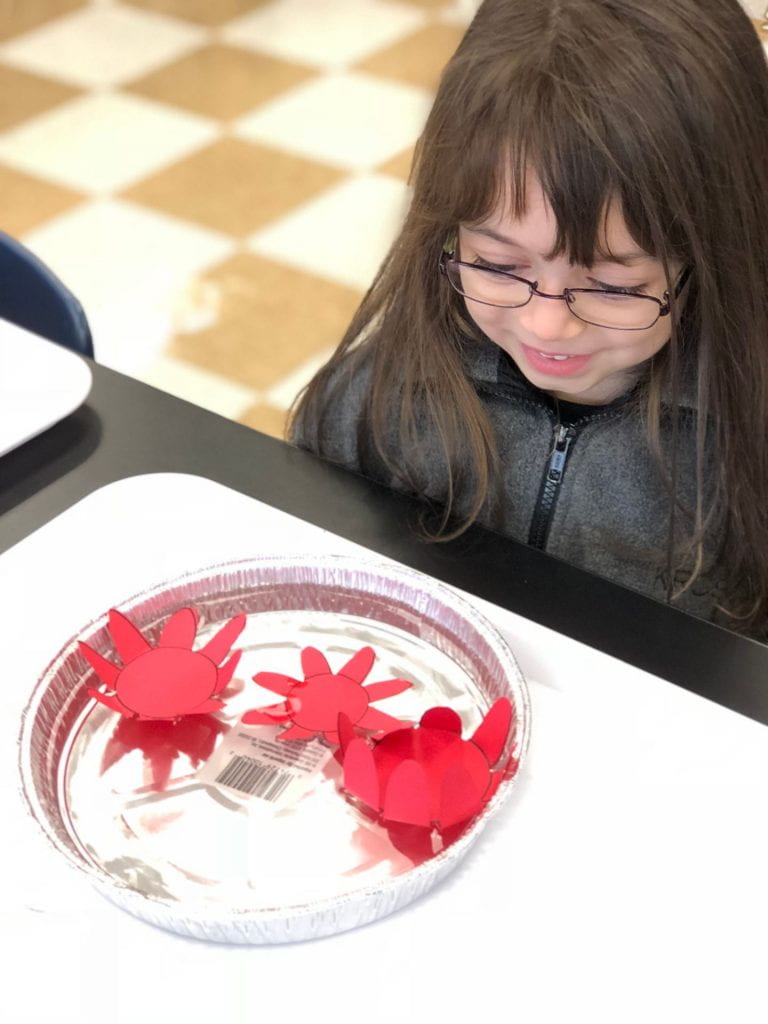 Does the type of paper make any difference? When we returned to the group, I changed a variable and dropped flowers cut from construction paper and tagboard in the water. The tagboard flowers opened very slowly, but the construction paper flowers blossomed rapidly.
Does the type of paper make any difference? When we returned to the group, I changed a variable and dropped flowers cut from construction paper and tagboard in the water. The tagboard flowers opened very slowly, but the construction paper flowers blossomed rapidly.
This is a fun investigation to try at home. Make a fish and fold the fins, a butterfly’s wings, or a spider’s legs. Click here for further directions.
